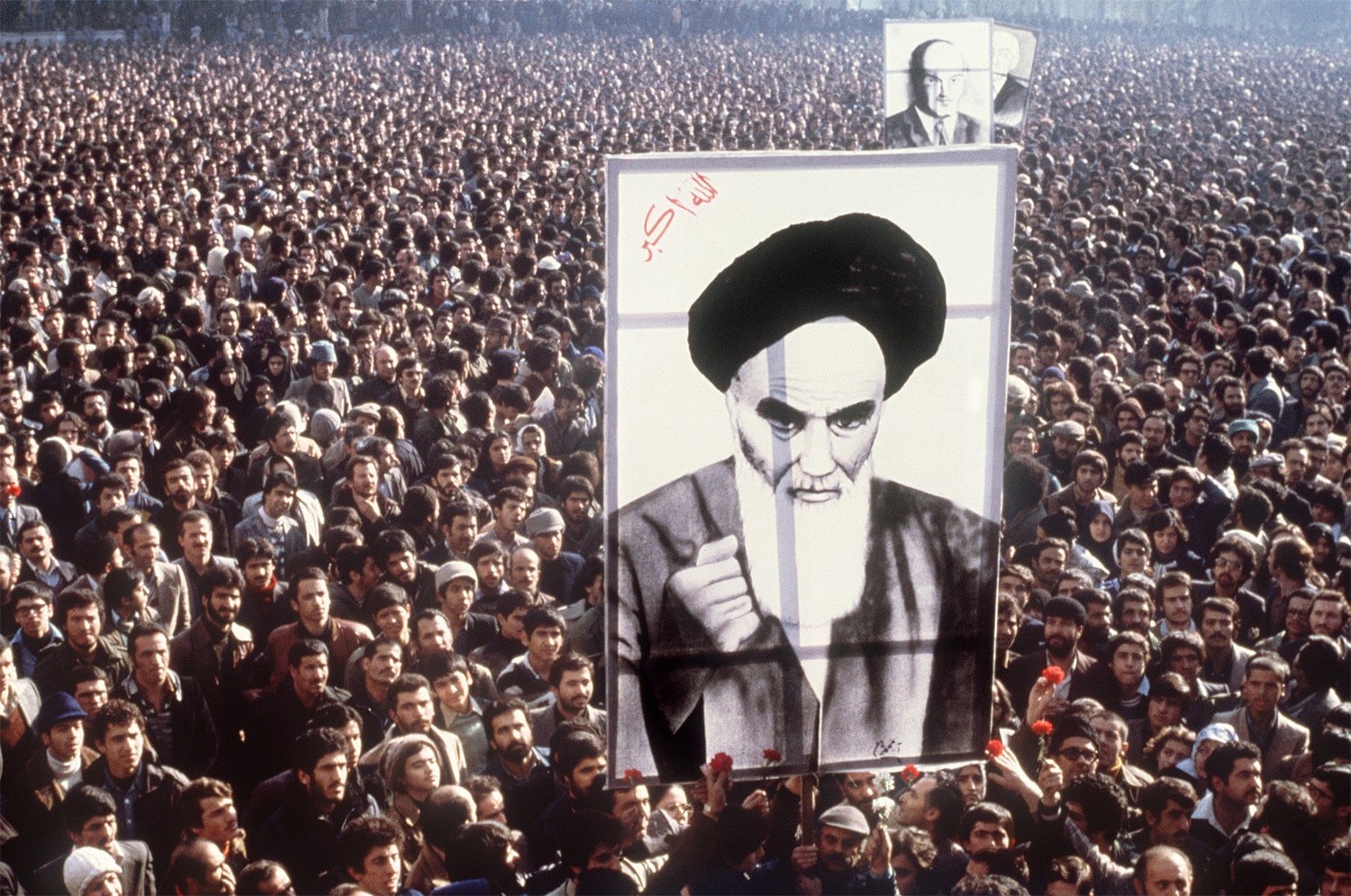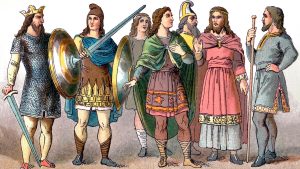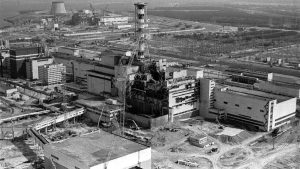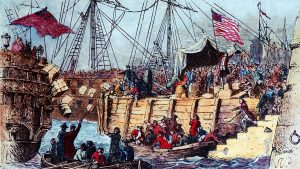
28 interesting facts about Iranian Revolution
- 👁️ 1079
The Iranian Revolution, also known as the Islamic Revolution, marked a pivotal moment in Iran’s history, reshaping the nation’s political, social, and cultural landscape. It unfolded over the course of 1978 and 1979, culminating in the overthrow of Mohammad Reza Shah Pahlavi and the establishment of an Islamic Republic under Ayatollah Khomeini. This revolution was characterized by a wide range of ideologies, including leftist, Islamic, and nationalist thought, making it a complex and multifaceted movement. Unlike many other revolutions, it did not fit neatly into a category of either purely ideological or purely socio-economic revolutions. Let’s explore some interesting and informative facts about the Iranian Revolution that highlight its significance and complexities.
- The Iranian Revolution began in January 1978 and concluded with the Shah’s exile in January 1979.
- Ayatollah Ruhollah Khomeini, who had been exiled in 1964, became the figurehead of the revolution and returned to Iran in February 1979.
- The Shah’s regime was known for its opulence, as well as its heavy reliance on Western support, particularly from the United States.
- The revolution was sparked by a combination of factors, including economic hardship, political repression, and religious fervor.
- The event that is often cited as the beginning of the revolutionary movement was the publication of an article in Ettela’at newspaper that derogated Khomeini, leading to widespread protests.
- Cinema Rex in Abadan was set on fire in August 1978, killing over 400 people, in an act blamed on the SAVAK (the Shah’s secret police), further inflaming anti-Shah sentiments.
- The Shah implemented a series of reforms known as the White Revolution, which included land reform and women’s suffrage, but also led to widespread dissatisfaction among various social groups.
- Martial law was declared in September 1978 following massive protests, leading to the Black Friday massacre where hundreds of protestors were killed.
- The Shah fled Iran on January 16, 1979, for Egypt, marking the end of his rule and leading to the return of Khomeini from exile.
- On April 1, 1979, following a national referendum, Iran officially became an Islamic Republic.
- The US Embassy in Tehran was seized by Iranian students in November 1979, leading to the Iran hostage crisis where 52 Americans were held for 444 days.
- The revolution led to the establishment of a theocratic constitution with Khomeini as the Supreme Leader, a position with significant religious and political authority.
- The Iranian Revolution is notable for not being led by a single social class but rather a coalition that included clerics, students, and workers.
- The revolution saw the participation and support of women, who were active in demonstrations and other forms of protest.
- The Guardians of the Islamic Revolution, or Revolutionary Guards, were established by Khomeini in May 1979 to consolidate the new regime’s power.
- The revolution significantly impacted Iran’s foreign relations, particularly with the United States, which had supported the Shah’s regime.
- The Cultural Revolution followed the political upheaval, during which universities were closed to revise curricula in line with Islamic principles.
- Saddam Hussein’s Iraq, fearing the spread of revolutionary fervor, attacked Iran in September 1980, leading to the Iran-Iraq War that lasted until 1988.
- The Tudeh Party, Iran’s communist party, initially supported the revolution but was later suppressed by the new Islamic regime.
- The new regime enforced strict Islamic codes of dress and morality, reversing many of the Shah’s Westernizing policies.
- Khomeini’s return to Iran from exile was broadcast live to millions across the country, despite the government’s attempts to cut communication lines.
- Land reforms under the Shah that had alienated both the peasantry and the traditional landowning classes were among the economic grievances that fueled the revolution.
- The revolution led to the nationalization of Iran’s oil industry, which had been under foreign control since its discovery.
- The slogan “Death to the Shah” became a unifying chant among protestors from various backgrounds.
- Iran’s Jewish community, which had thrived under the Shah, faced persecution and emigration following the revolution.
- The revolution inspired similar movements across the Middle East, though none were as successful in achieving their goals.
- Khomeini’s return was facilitated by a chartered Air France flight, symbolizing the pivotal role of international dynamics in the revolution.
- The revolution transformed Iran from a monarchy under the Shah to a theocratic republic under Khomeini, with significant changes in law, society, and foreign policy.
The Iranian Revolution stands as one of the 20th century’s most significant events, dramatically altering the course of Iran’s history and reshaping its relationship with the rest of the world. It demonstrated the powerful force of grassroots movements and the complex interplay between religion, politics, and society. The legacy of the revolution continues to influence Iran’s domestic and international policies, underscoring the profound and lasting impact of this pivotal moment in history.











